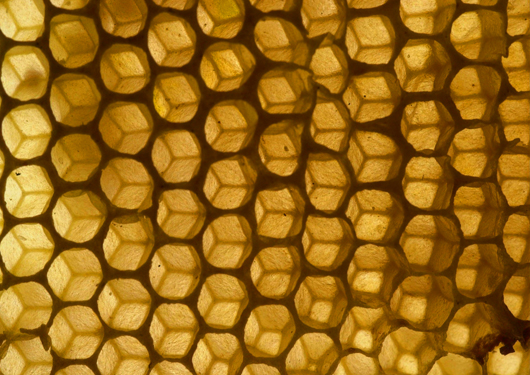
Architects: Plan B - Felipe Mesa, Alejandro Bernal + JPRCR - Camilo Restrepo, J. Paul Restrepo
Collaborators: Viviana Peña, Catalina Patiño, Carolina Gutiérrez, Lina Gil, Jorge Buitrago
Location: Botanical Garden, Medellín, Colombia
Client: Medellin Botanical Garden
Builder: Ménsula S.A.
Project start: 2005
Completion: 2006
Budget: 523 US$ / m2
Constructed Area: 4.200 sqm
Materials: Wood, Steel
Photographers: Sergio Gómez (SG), Camilo Orozco (CO), Felipe Mesa (FM), Izaskun Chinchilla (IC), Carlos Mario Rodriguez (CMR)
a. Architecture and organisms
The Construction of a Orchideorama should come up of the relation between architecture and the living organisms. It should not make any distinction between natural and artificial, on the contrary, it should accept them as a unity that allows architecture to be conceived as a material, spatial, environmental organization that is deeply related to the processes of life.
b. Two scales of the organic
The organic is understood in two different scales, and each of them allows us to understand different aspects of the project:
Micro scale: A scale that holds the principles of material
organization, defines geometrical patterns, it is nature living
structures configuration.
Visual - external scale: It allows us to relate phenomenologically and
environmentally to the world, and perceive, notice the world.
c. The “organic” as material organization
The microscale of the organic, such as its capacity to be organized in precise laws of geometry patterns (Direct example: Honeycomb structure), allows us to build a single module (we call it Flower - tree, which mean a flower form figure with the size and properties of a tree), that when it becomes systematically repeated, it allows us to define growing properties, its evolution and its adaptability. Its geometry.
d.The “organic” as environmental phenomena
The big scale of biomorphic structures, and in this case specifically: Flowers or/and tress allows us to define perception as a situation where visitors can feel the extension of a forest, a shadow garden. In the other hand it allows us display a set of technical facilities such as collecting water and to structure the modules as hollow trunks.
e. Doing architecture as sowing flowers
We propose the Orchideorama to be built as sowing flowers: One flower - tree grows, and just beside it, another will appear, until the complete system of Flower - tree structures is defined. They can grow or be sow where is possible, adapting its system structure to the field where it is intended or needed.
f. An Orchideorama is not a storage facility structure
Industrial architecture is not the response to develop an Orchideorama. The Orchideorama is composed of 10 Flower - tree structures, that can be built individually, and allow the system grow or response to any uncertainties, such as budget, construction inconvenients or political decisions.
g. Three species of Flower - Tree structures. Lively Patios
The Flower - tree structure has three different contents according
to is location and its definitions. Each Flower - tree is “hollow” in
the center and each of them configure a small hexagonal patio.
The patios have three different characters:
1. Flower - tree - Light (Small temporary gardens)
2. Flower - tree - plants (Orchids, exotic and tropical flowers)
3. Flower - tree - animals (Feeding birds facilities - butterfly breeding place)






















'Pavilion&Installation' 카테고리의 다른 글
| [ Peter Zumthor ] Brother Claus Chapel (0) | 2010.03.04 |
|---|---|
| [ Modulorbeat ] switch+ (0) | 2010.03.04 |
| [ MAD ] Beijing Hutong Bubble (0) | 2010.02.27 |
| [ Martin Huberman ] A Tender Project from Normal studio (0) | 2010.02.26 |
| [ sereroArchiects ] SCALE OROGRAPHY (0) | 2010.02.17 |


